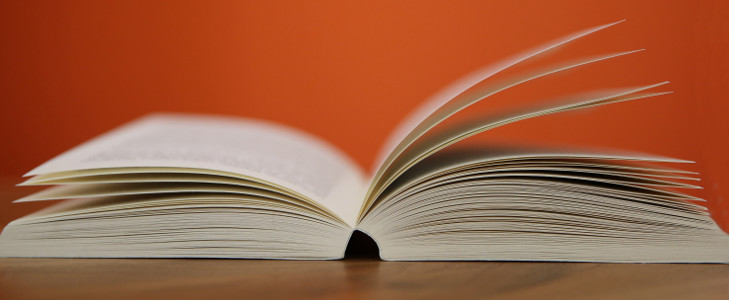The Glove Tax of 1785
As Britain’s 1784 tax on hats was such a lucrative revenue raiser for the government, they decided to complement it with a glove tax. The 1785 glove tax was levied at the rate of one penny on gloves to the value of ten pence, two pence to gloves costing between ten pence and fifteen pence, and three pence for all gloves costing over fifteen pence.
Although structured to raise taxes from the 9 million glove wearing consumers, the tax was actually levied and collected from retailers. The retailers were required to be licenced and have the words ‘Dealer in Gloves’ painted or written in the front of their shop. Each pair of gloves in their shop had a stamp ticket attached to the right glove denoting the rate of duty to be paid.
The glove tax was easily evaded as consumers could purchase the gloves from the retailer without paying the separate glove tax. Although retailers selling gloves without collecting the tax were liable for a fine of £20, in reality only 10% of glove buyers paid the tax.
With the unpopular tax only generating £6,000 revenue per annum, the government finally scrapped the glove tax in 1794.
"You’d be stupid not to try to cut your tax bill and those that don’t are stupid in business"
- Bono: U2





